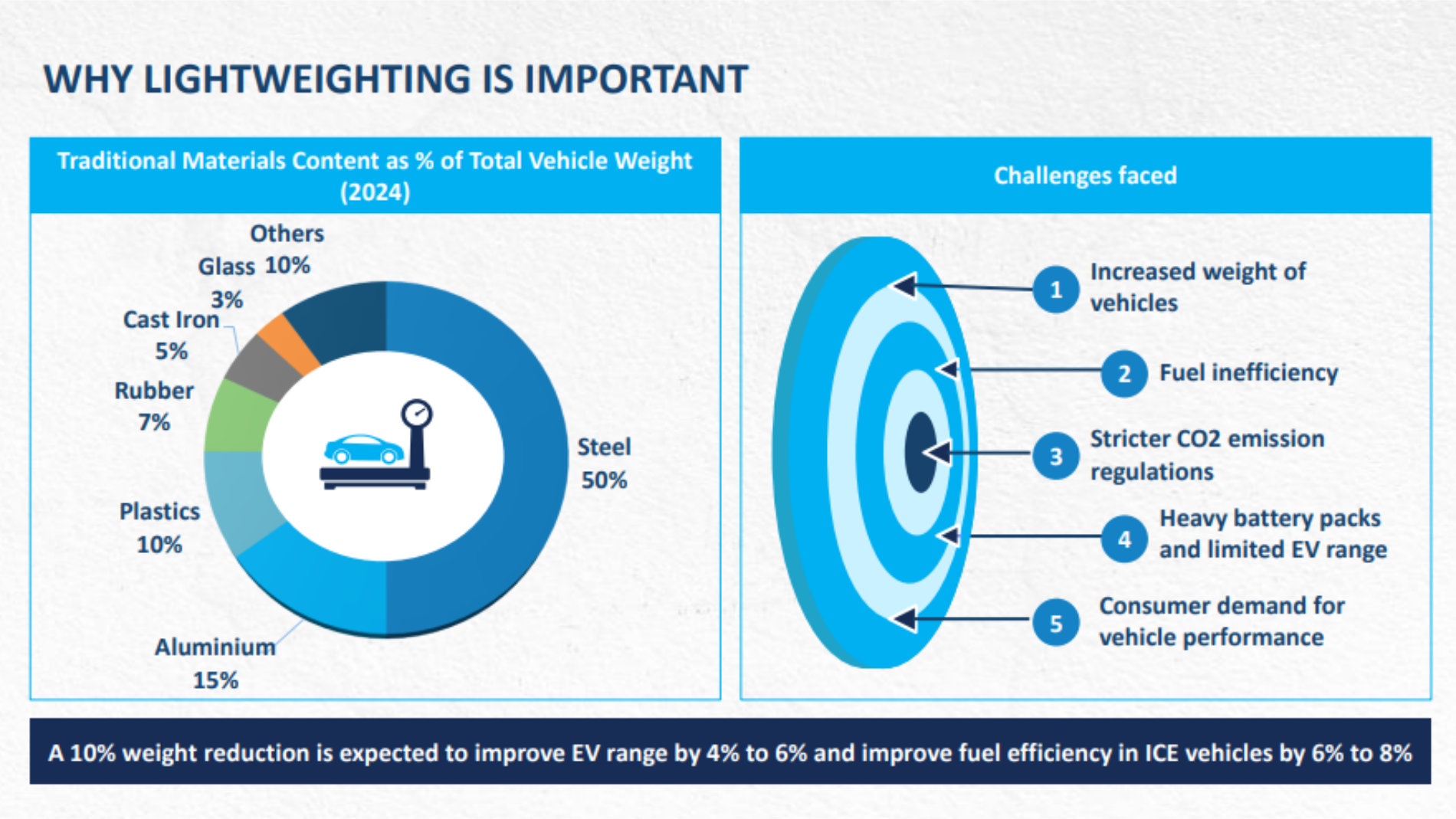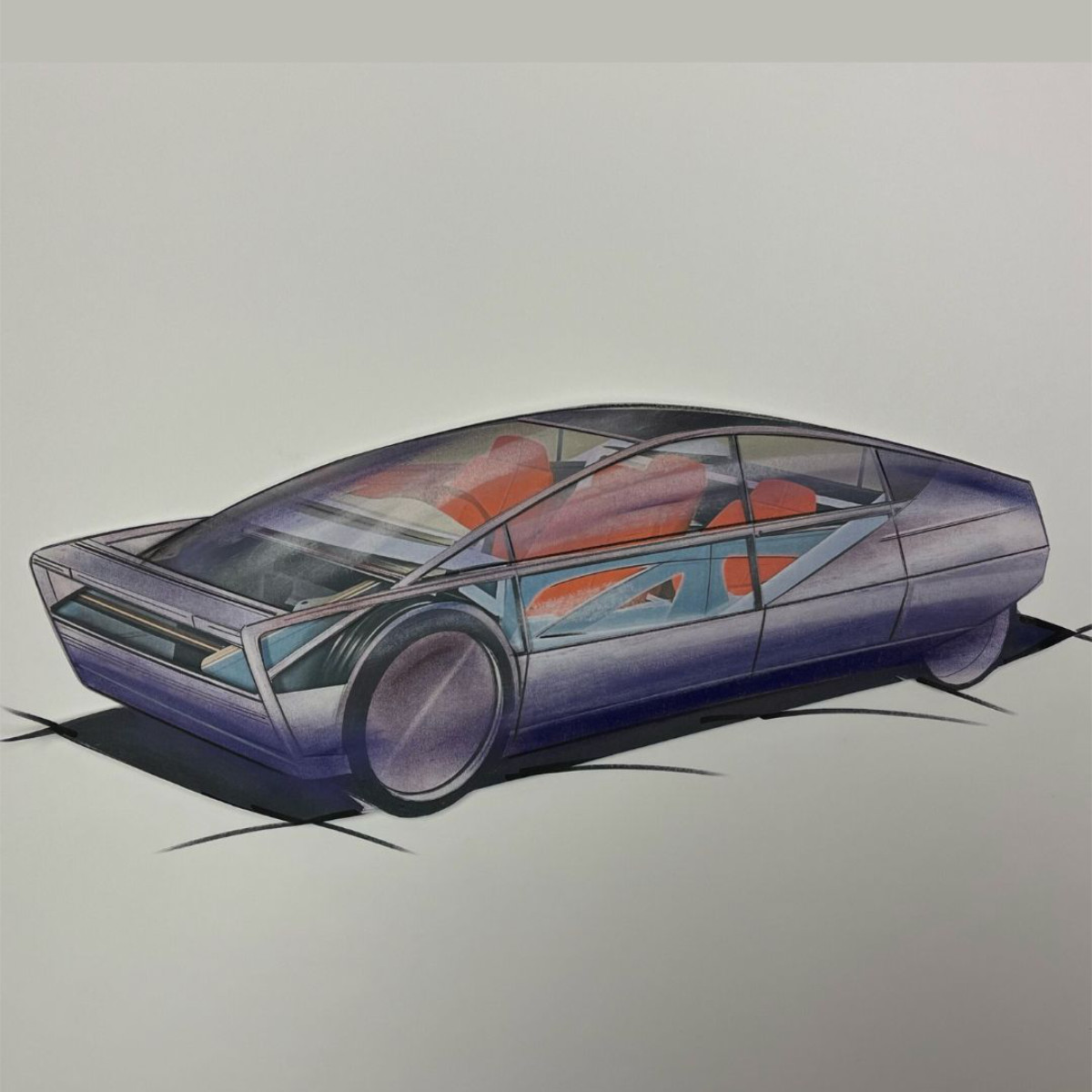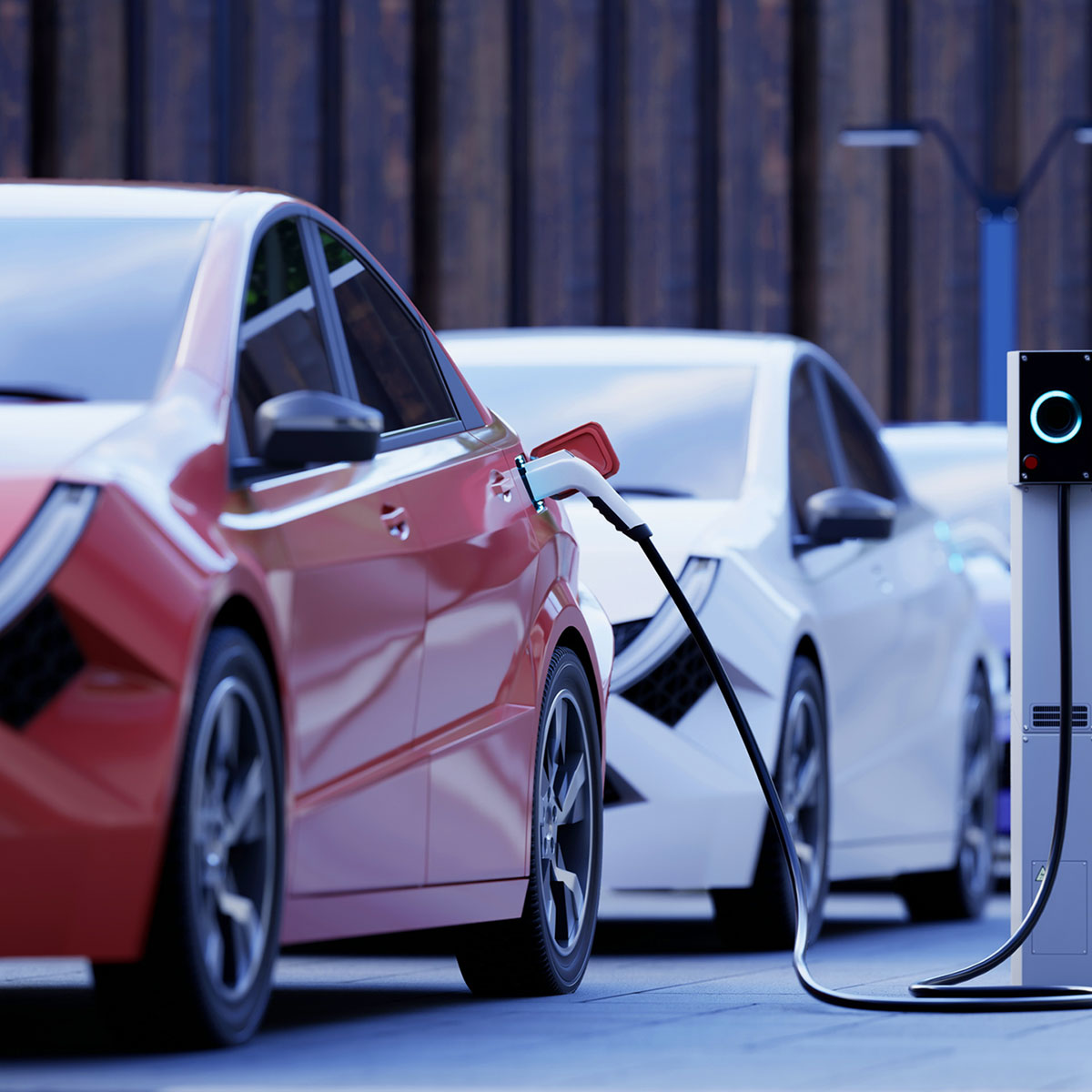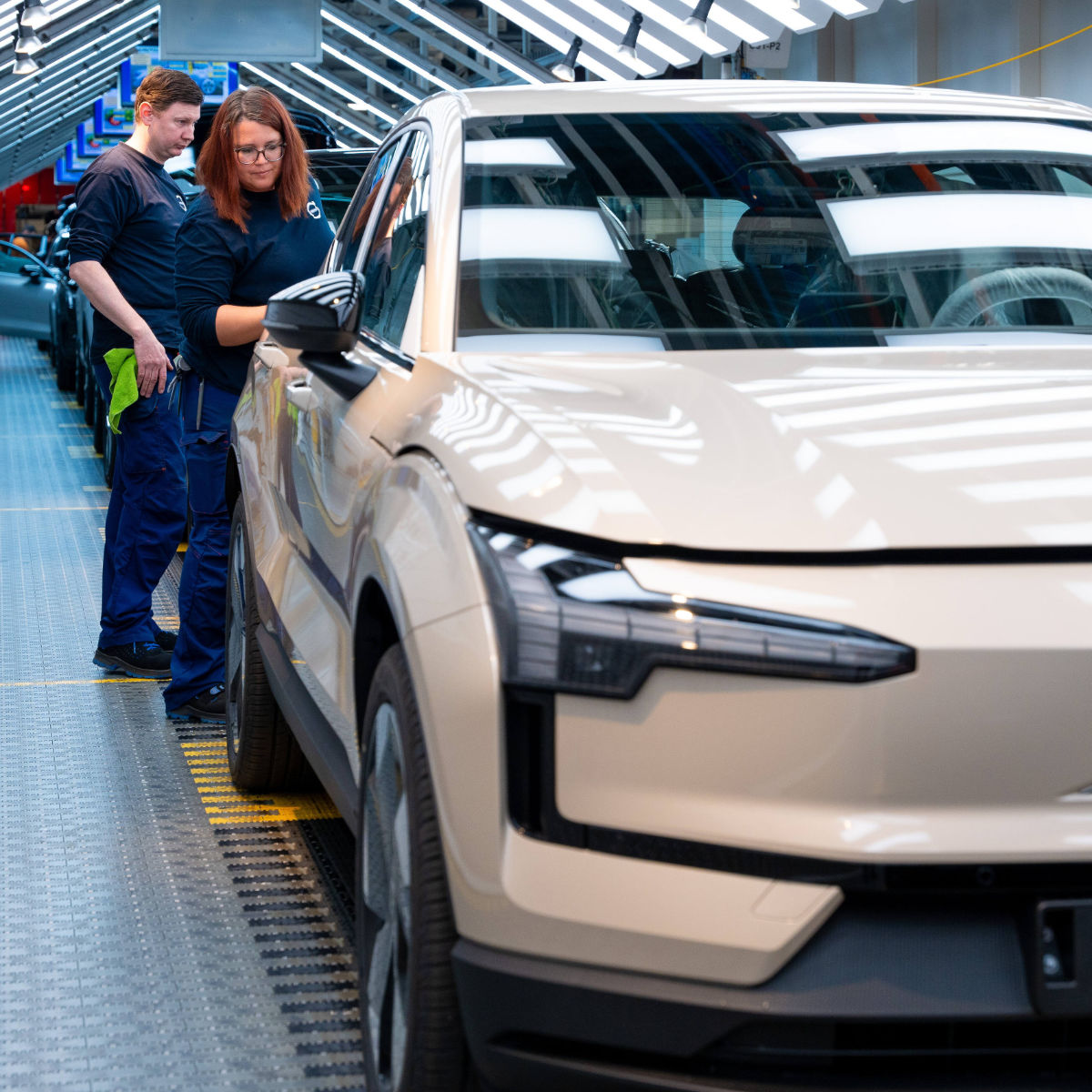Reading time: 1 minute
A 10% weight reduction can increase the range of electric vehicles by 4–6% and improve the fuel efficiency of conventional vehicles by 6–8%. Stricter emission standards and vehicle weight taxes in major markets such as the EU, the United States, China, and Japan are driving demand for lighter materials.
Manufacturers are increasingly relying on a combination of high-strength steel and aluminum, while plastics, composite materials (e.g., CFRP), and natural fibers are gaining importance especially in the premium segment. Technologies such as gigacasting – large aluminum die-cast components that replace multiple smaller parts – and structural battery packs integrated into the vehicle body enable significant weight and cost reductions. In the field of electromobility, various lightweighting strategies are emerging, from structural integration to cell-to-pack technology, offering potential weight savings between 10% and 40%.
Overall, lightweighting is expected to gain global importance due to tighter regulations and the rapid electrification of the automotive market, with a balanced mix of aluminum, high-strength steel, and innovative composites regarded as the most efficient solution.
Be sure to read the full analysis provided here for a detailed look at the trends and numbers.










